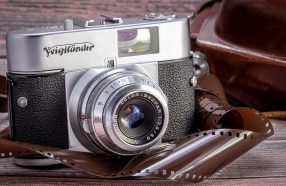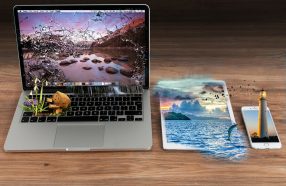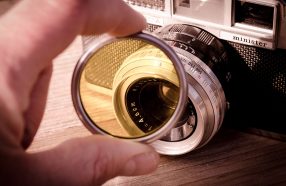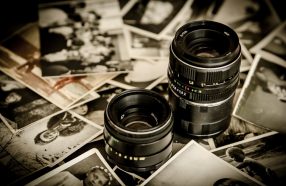Taking up a new hobby is always difficult in the beginning. Especially when it comes to photography. Choosing the adequate gear that will suit the needs of a beginner photographer but also be easy to master and in the reasonable price range could seem like mission impossible. This definitely requires a lot of research and understanding of the latest technology trends.
Luckily for you, we have done your homework. Here are some things to consider when choosing your first professional camera.
The Price
First of all, you should decide how much money you can spend on your new camera because the price will vary depending on the features, the technology it uses and of course, the brand name. You should also be aware of the fact that the camera body is not the only expense – depending on the model you choose you will need to buy batteries, lenses, filters, external flash, memory cards and some accessories such as bags, cleaning supplies, or a tripod. The price range you can expect starts at $400 and goes over a few thousand dollars. Some of the cheaper models that are tailor-made for beginners are the following: Canon T6i, Nikon D3300, Sony a58, Fuji X-T10, Nikon D5500, Canon Rebel SL1, Canon 5D Mark III, Sony a7RII, Nikon D810, Canon 6D, Fuji X-Pro 2 and Nikon D610.
The type of camera
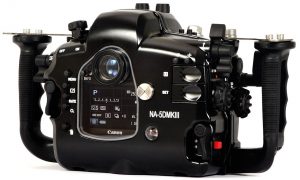 According to the technology used, cameras are usually divided into three groups: point-and-shoot style cameras, mirrorless cameras and DSLRs (digital single lens reflex), but there are also “cross-breeds” which are something in between these.
According to the technology used, cameras are usually divided into three groups: point-and-shoot style cameras, mirrorless cameras and DSLRs (digital single lens reflex), but there are also “cross-breeds” which are something in between these.
Cameras belonging to the first group are mostly compact and convenient. Lenses are built-in and non-interchangeable and in terms of quality they go from cheap and low-quality ones to some great Canon models which suit the needs of many beginner photographers.
Mirrorless ones have interchangeable lenses like the DSLRs but are significantly smaller. They are the most balanced ones in terms of quality and versatility.
DSLRs are the classic, professional-looking cameras. They offer a myriad of choices and the photographer is the one completely in control. The huge assortment of lenses, flashes and other gadgets are available for achieving creative effects. They are definitely high-end ones, but it is their complexity that might be a bit overwhelming for beginners.
Other useful features
Just like with buying a phone, different people will have different needs and desires. While some may be satisfied with the basic features, others would like something that stands out as more convenient or prestigious. Some camera models offer WiFi connectivity, built-in flash, touch screen, dual memory card slots, image stabilization (in-camera or in-lens), RAW file support (gives you more control in post-processing), video capabilities (HD, 4K, etc.), external microphone support, better shooting speed (frames per second), minimum focus distance or macro mode, different shooting modes (for creative effects), weather sealing, longer battery life or are simply light in terms of weight.
Our suggestion is to first make a list of all the features you would like your camera to have, to decide on the camera type that will best suit your needs and then choose the model which checks most of the things off of your list at an affordable price.



